Pink Floyd in 1969
Buy More Buy Ummagumma The recorded output by Pink Floyd during the year 1969 was ubiquitous, original, creative and disjointed. During the year, the group released the LP soundtrack to the film More […]
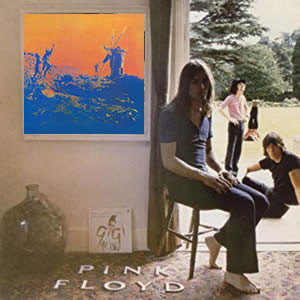
Buy More Buy Ummagumma The recorded output by Pink Floyd during the year 1969 was ubiquitous, original, creative and disjointed. During the year, the group released the LP soundtrack to the film More […]
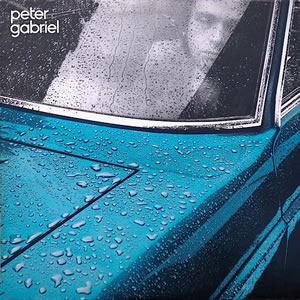
Buy Draw the Line After departing from Genesis, the group he founded and fronted for nearly a decade, Peter Gabriel slowly worked his way into launching a solo career. His 1977 debut album […]
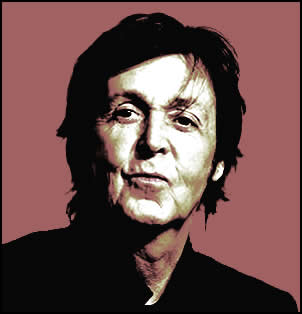
Rumors in recent years have stated that this would be the age at which Paul McCartney would stop touring and possibly even recording. Frankly, we hope these to be unfounded for no other […]
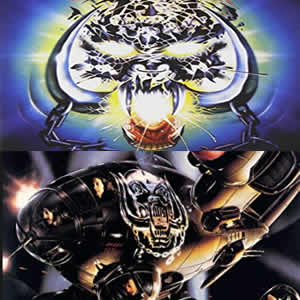
Buy Overkill Buy Bomber During the year 1979, Motörhead released their second and third albums, Overkill and Bomber, two records that put this hard rock trio on the map. Overkill was an unexpected […]
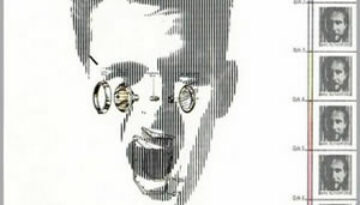
Buy Mike + the Mechanics Mike + The Mechanics was a quasi-solo project by Genesis bassist and guitarist Mike Rutherford The 1985 self-title debut was a commercial success which spawned three hit singles […]
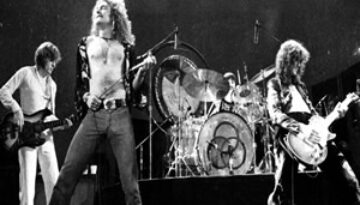
by Julia Dragomirescu I hear the “ding dong” sound as I enter the vinyl record shop. The smell of antiques wafts gently through the air, beckoning to the wanderer to enter a realm […]
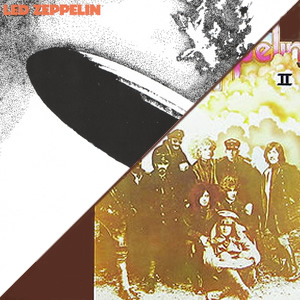
Buy Led Zeppelin I Buy Led Zeppelin II While there have been many fine debuts in rock history, it can be argued that no band ever made such a game-changing splash than Led […]
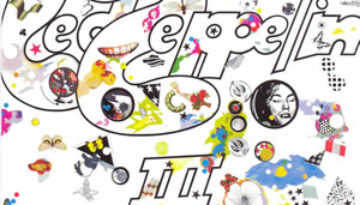
Buy Led Zeppelin III Led Zeppelin III is a classic album from Led Zeppelin. Composed largely at a remote cottage in Wales which lacked any modern amenities, the band found a pastoral vibe […]
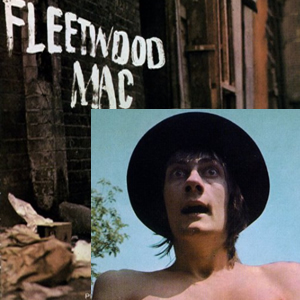
Buy Fleetwood Mac Buy Mr. Wonderful The long and multi-faceted recording career of Fleetwood Mac got started in 1968 when the group was producing pure blues music and led by guitarist and vocalist […]
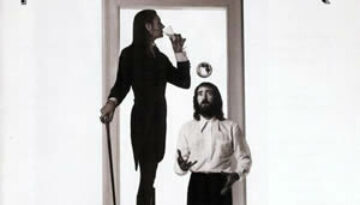
Buy Fleetwood Mac After eight years, nine albums, several lineup shifts, and many musical reinventions, the lineup and sound that would bring Fleetwood Mac to the top of the pop world finally fell into place […]